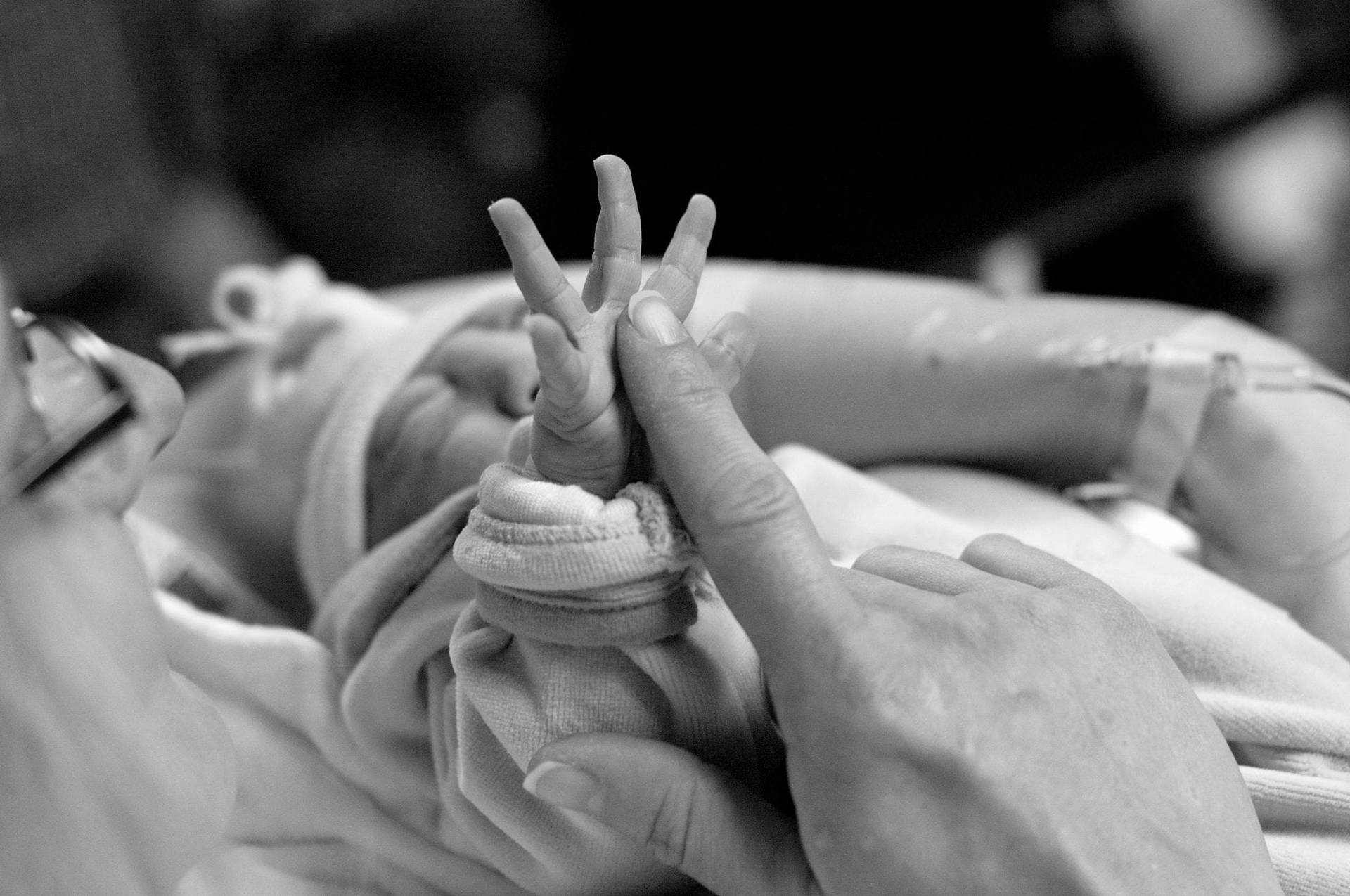Now available via iTunes and other digital venues, John Michael McDonagh’s “Calvary” joins “The Magdalene Sisters” and “Philomena” as the latest scathing cinematic indictment of the sins of the Catholic Church in Ireland. (“Calvary” arrives on Blu-ray and DVD Tuesday.)
Of these three films, “The Magdalene Sisters” (2002), from writer-director Peter Mullan, is the most direct, sustained and comprehensive, immersing viewers in a horrific present-tense depiction of physical and emotional abuse of young girls consigned to Magdalene laundries, but also addressing clerical sexual abuse.
“Philomena” (2013), directed by Stephen Frears and starring Judi Dench, relates the fact-based story of a Magdalene laundry survivor’s attempts to track down her stolen son, given up for adoption during her incarceration without her permission or knowledge. “Calvary,” meanwhile, focuses on the indelible trauma of childhood sexual abuse and the seeming irrelevance of the Church in an increasingly secular, post-Christian Ireland in many ways a product of the failures of Church leaders.
All three films are, in different ways, critiques of the culture of denial, secrecy, and silence. “The Magdalene Sisters” and “Philomena” focus on the role of religious institutions in what has been called Ireland’s “architecture of containment,” in which the scandal of unwed pregnancy or premarital sex was hushed up by hiding “fallen” women and girls from public view in institutions operating in secrecy, unaccountable to anyone. In “Calvary,” the action is driven as much by the victim’s frustration with Church leaders’ complacency and stonewalling as the abuse itself.
Each film has strengths and limitations. The great strength of “Calvary” is the Rev. James Lavelle, portrayed by Brendan Gleeson, a tough-minded, realistic, compassionate priest with the capacity to see both sides of everything as well as the courage of his own convictions. Lavelle is an island of profound humanity in a sea of depravity, surrounded by supporting characters who are often caricatures, at times seemingly calibrated for maximum perversity.
The unpleasantness of much of the supporting cast is arguably excessive, although “Calvary” moderates its picture in important ways. For one thing, Lavelle is not unflawed; in a particularly dark hour he gets into a drunken brawl. His virtue is contrasted, too, not only with compromised laity, but also with his vacuous assistant priest (not to mention the unseen clerical abuser). There are also sympathetic lay characters, notably Lavelle’s emotionally troubled adult daughter and a pious French tourist.
Such nuances are lacking in “The Magdalene Sisters,” alas, with its simplistic dichotomy of innocent victims and moral monsters. Without exception, director Mullan’s nuns and priests are one-dimensional villains entirely lacking in moral complexity, uniformly incapable of any flicker of compassion, kindness, or even conscience or moral conflict. (Even positive reviews routinely compared the sadistic nun in charge of the asylum to Nurse Ratched from “One Flew Over the Cuckoo’s Nest.”)
This is not to say “The Magdalene Sisters” paints too dark a picture. On the contrary, the reality of the Magdalene laundries may often have been worse than what the movie shows, as Mullan — and asylum survivors — have attested.
On the other hand, survivor testimony also includes glimpses of small acts of kindness and humanity from the nuns — glimpses that, paradoxically, make the abuse more horrific, not less. The more troubling reality of abusive institutions like the Magdalene laundries is precisely that they are run not by monsters, but by people not unlike us: some decent, some cruel, and many in-between.
“The Magdalene Sisters” has played an important role in raising consciousness regarding what was at the time a little-known chapter in Irish history. It’s regrettable, therefore, that it undermines its own case by caricaturing the nuns and obscuring the deeper and more troubling reality of social or institutional sin — cultural or structural pathologies by which people who are not individually monsters are involved in and perpetuate monstrous evils.
“Philomena,” though more conventional than the other two films, also offers a more complex picture in the tension between its two main characters: Dench’s Philomena Lee and Steve Coogan as journalist Martin Sixsmith (on whose account of Philomena’s story the film is based).
Cynical, sophisticated, skeptical, Sixsmith initially finds the pious, simple-minded, garrulous Philomena rather ridiculous — and, given the subject matter, and Sixsmith’s authorial role, his point of view seems to be the dominant one. But Philomena asserts herself in surprising ways, and at a climactic moment, she clearly has the moral high ground over everyone else, Sixsmith included.














